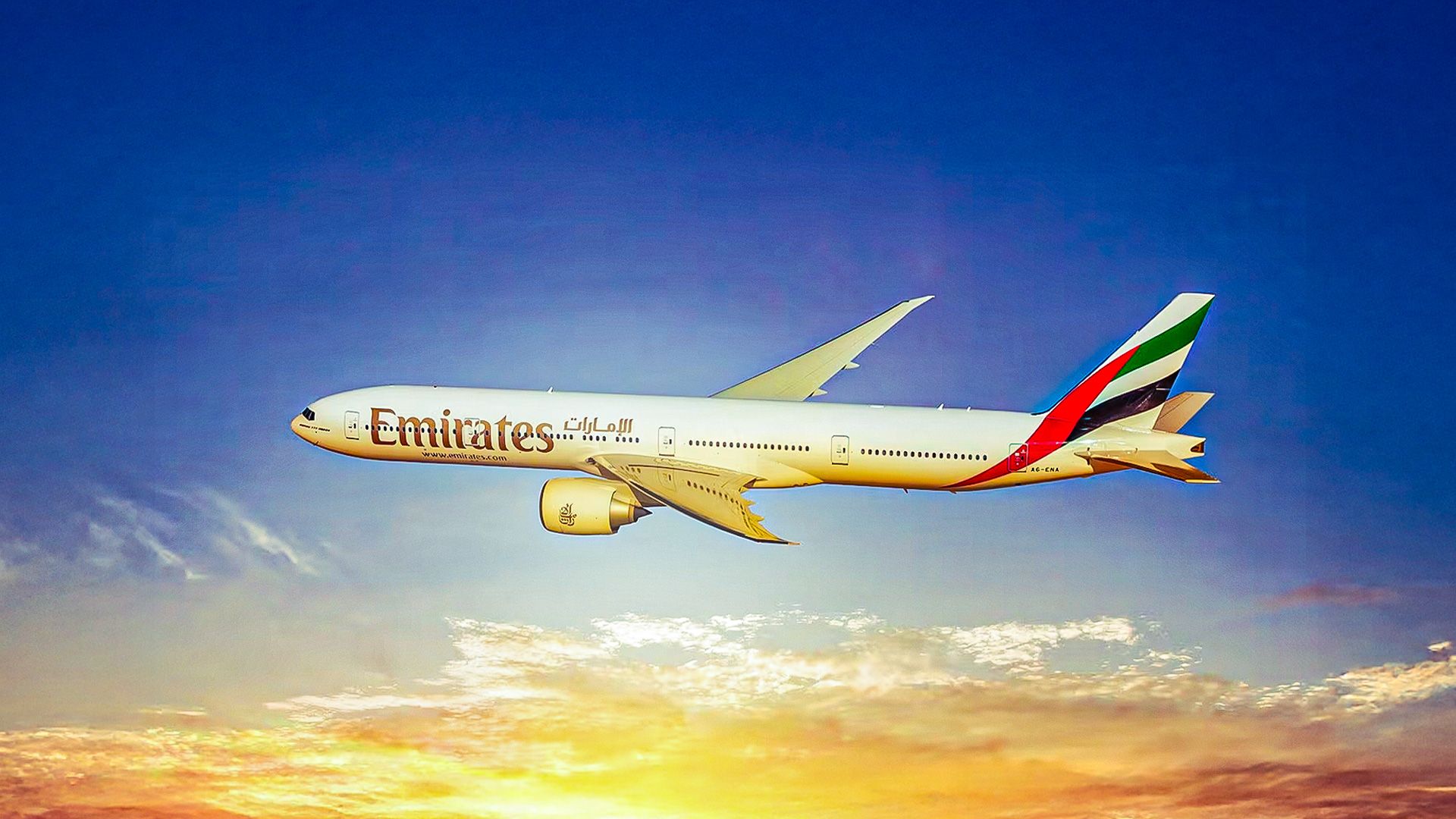World
Airlines Launch Longest Non-Stop Boeing 777 Flights to the US

The Boeing 777 continues to play a vital role in long-haul aviation, with several airlines operating non-stop flights to the United States that exceed 8,000 miles. According to data from Cirium, an aviation analytics company, four airlines are currently utilizing the Boeing 777-300ER for these extensive routes, which connect Asia and the Middle East to multiple U.S. destinations.
Saudia Tops the List with Longest Flight
Leading the pack, Saudi Arabian flag carrier Saudia offers the longest non-stop flight with the Boeing 777, covering a distance of 8,328 miles (13,403 km) from King Abdulaziz International Airport (JED) in Jeddah to Los Angeles International Airport (LAX) in California. Scheduled data for November 2025 indicates that Saudia plans to operate this route six times, with flights taking off three times a week starting November 17.
Despite its ambitious reach, the airline will pause the route from January to May 2026 due to low demand. Saudia’s Boeing 777-300ER on this route features a seating configuration of 12 first class, 36 business class, and 242 economy class seats. When the service was launched in 2014, Saudia’s CEO Abdul Aziz Al-Hazmi highlighted its importance for various passenger groups, including over 100,000 Saudi students in the U.S.
Emirates Offers Daily Service to Texas
Another significant route is operated by Emirates, connecting Dubai International Airport (DXB) with Dallas/Fort Worth International Airport (DFW) in Texas. This route measures 8,038 miles (12,936 km) and operates daily, with Emirates flight EK221 departing Dubai at 02:40 and landing in Texas at 08:55 local time. The return flight, EK222, leaves DFW at 11:30, arriving back in Dubai at 12:00 the following day.
The Emirates Boeing 777-300ER has a total of 328 seats across four classes, including eight first class suites arranged in a 1-2-1 layout and 40 business class flatbeds. This configuration also accommodates 24 premium economy recliners and 256 economy seats, providing a wide range of options for travelers.
Asian Carriers Join the Long-Haul Market
In addition to Saudia and Emirates, two Asian airlines operate Boeing 777 routes exceeding 8,000 miles. Cathay Pacific connects Hong Kong International Airport (HKG) to New York JFK Airport, covering a distance of 8,070 miles (12,987 km). This route is served daily by the Boeing 777-300ER, with flight CX830 departing Hong Kong at 09:30 and flight CX831 leaving JFK at 13:40. The aircraft features a seating configuration of six first class, 53 business class, 34 premium economy, and 201 economy class seats.
Completing the list is China Southern Airlines, which operates a weekly service from Guangzhou to JFK, measuring exactly 8,000 miles (12,875 km). This route is serviced by the Boeing 777-300ER and includes a configuration of 28 business, 27 premium economy, and 305 economy seats.
The operational strategies of these airlines highlight the demand for long-haul travel, particularly between Asia, the Middle East, and the United States. As international travel continues to recover, the Boeing 777 remains a critical asset for airlines catering to passengers seeking non-stop services across vast distances.
-

 Lifestyle3 months ago
Lifestyle3 months agoLibraries Challenge Rising E-Book Costs Amid Growing Demand
-

 Sports3 months ago
Sports3 months agoTyreek Hill Responds to Tua Tagovailoa’s Comments on Team Dynamics
-

 Sports3 months ago
Sports3 months agoLiverpool Secures Agreement to Sign Young Striker Will Wright
-

 Lifestyle3 months ago
Lifestyle3 months agoSave Your Split Tomatoes: Expert Tips for Gardeners
-

 Lifestyle3 months ago
Lifestyle3 months agoPrincess Beatrice’s Daughter Athena Joins Siblings at London Parade
-

 World3 months ago
World3 months agoWinter Storms Lash New South Wales with Snow, Flood Risks
-

 Science3 months ago
Science3 months agoTrump Administration Moves to Repeal Key Climate Regulation
-

 Science2 months ago
Science2 months agoSan Francisco Hosts Unique Contest to Identify “Performative Males”
-

 Business3 months ago
Business3 months agoSoFi Technologies Shares Slip 2% Following Insider Stock Sale
-

 Science3 months ago
Science3 months agoNew Tool Reveals Link Between Horse Coat Condition and Parasites
-

 Sports3 months ago
Sports3 months agoElon Musk Sculpture Travels From Utah to Yosemite National Park
-

 Science3 months ago
Science3 months agoNew Study Confirms Humans Transported Stonehenge Bluestones









